Summary
The environmental benefit that is claimed to exist with the direct international flights that are sought by the expansion of Paros airport is a bait: the A318-320-321/B737 jets – consume more kerosene and cause more pollution than the turboprops currently used. Moreover, they will not be able to take off again with a full load, the 1799 m runway remaining too short to allow full cargo over medium-haul inbound flight. This will even worsen their fuel performance. As a result, they will cause substantially more pollution than that of the turboprops flights currently carrying international passengers from Athens.
From 2025, silent and non-polluting electric propeller aircraft, first powered with batteries but soon enough with hydrogen, will be put into operation on short-haul destinations. If necessary to modernize the airport, it is to accommodate these aircraft. Neither today’s turboprops nor their electrical successors need longer runways than the existing ones.
Investing in a larger runway to allow A3xx/B737 jets, in addition to the multiple impacts caused on the island, means that we are denying our environmental obligations in this area. In other words, we would be knowingly asking for investments that increase pollution, in a sector that is doomed to transform with huge investments in green technologies and to disappear soon in its actual form, since it has caused enormous damage to the environment.
Instead, looking to the future, we must invest in an infrastructure that will accommodate the sustainable and quiet aircraft of the future: particularly equipment for electricity charging and supply of hydrogen, produced from sustainable sources.
Today
Today’s aviation pollutes a lot.
Let’s first see how. The German non-governmental organization Atmosfair explains it well:
An aircraft not only emits CO2 from the kerosene it consumes, the other fumes and vapours emitted also have an effect on the greenhouse effect. Basically, an aircraft flying at high altitude will contribute an equivalent of about 3 times its carbon emission to the greenhouse effect.
Basic avionics elements.
Let’s update your general avionics culture – today there are mainly 3 types of propulsion practised in atmospheric aviation:
- turboprops (as on Olympic Air’s DASH and Sky Express’ ATR)
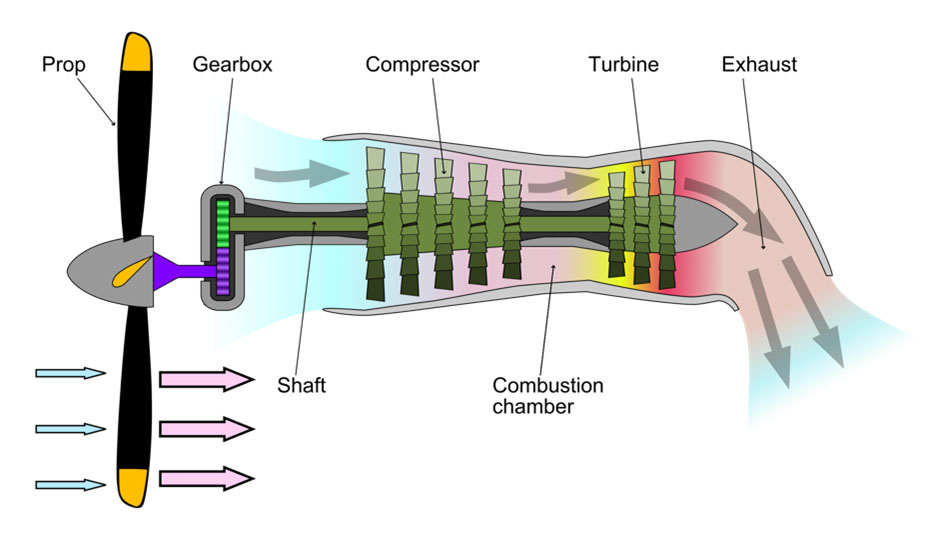
- turbofans (as on so-called ‘jets’ aircraft such as the A320 and B737)
- turbo jets (as on fighter jets and in the past, on the Concorde)
All of them use kerosene which is burned in a combustion chamber pressurized by a turbine. Combustion will give volume of fumes actuating by propellers of a turbine, an axis at a given speed and torque (rotating force). All must be used at full engine power to operate at optimum efficiency (and lowest possible emission in their respective configurations).
Turboprops and turbofans use the axial force of the turbine to activate a propeller (turboprops) or an air turbine (turbofans) that carry out the propulsion – separately from the combustion of kerosene, which in their configuration has only a small contribution to this propulsion.
The turboprops go through a gearbox (with low loss of efficiency because mechanical) which reduces the speed of the turbine axis to operate a large propeller rotating more slowly, very efficient at low and medium speed (up to 0.7 Mach) at low altitude, because optimal at higher air density;
while turbofans take air by fan at the front of the cylinder of their ‘engine’ (on the periphery of the gas turbine in the center of it, and reject it towards the rear. This system is less efficient at low speeds but more efficient at lower air density and transonic speed (below but close to Mach 1):
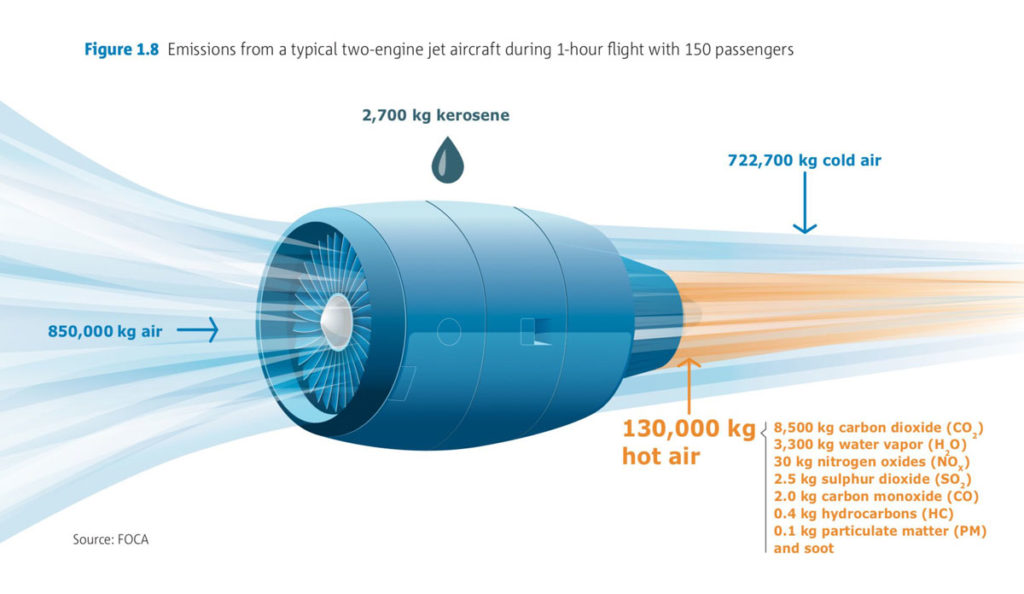
Aircrafts equipped with turbojets (like fighter aircraft) are propelled exclusively by the release of a mixture of air and flue gas coming out of the turbine and not by the action of their turbine on a separate airflow – they are only effective at supersonic speeds (the Concorde was the last civilian aircraft to use them). Let’s leave it out of the discussion here, because not applicable in our case.
A turboprop engine is always – by construction – more efficient than a turbofan with equal kerosene power:
In addition, to be able to achieve optimal propulsion efficiency, turbofan aircraft must fly at a high altitude (at least 10,000 m), where they can find the optimal conditions for the operation of their turbine – namely: low temperature (better thermodynamic efficiency) and low air density (lower air resistance of the aircraft, designed to go fast).
A turbofan aircraft will therefore have to invest fuel in a gradual climb, at suboptimal speed and use that consumes a lot of fuel, which will typically take 15 minutes to reach this necessary altitude. However, having flown 15 minutes, it will have accomplished a distance of the order of (let’s admit: 1/4 h @ 500 km / h on average) 125 km. It will only be from this distance that it will be able to function optimally. The effort to gain this attitude and speed – expensive in fuel – is unfortunately not recovered significantly during descent. This explains why turbofans are not used over short distances, where their speed advantage is not justified from an operational (or consumption) point of view.
It is therefore not because the track is too short that the Paros-Athens line is not served by turbofans, but because it makes little sense to use them. A longer runway would solve nothing and would be invested for nothing, at least for this short-haul traffic.
Turboprops are better (by far) than turbofans/jets in terms of consumption and therefore CO2 and NOx emissions. However, they are not designed to exceed speeds above 0.7 Mach (less propeller efficiency above this speed). Since they have a gearbox, their turbine can be immediately set to its optimal mechanical operating point, and since the planes are designed to operate at low speeds, they do not need to rise to high altitudes to find their cruising speed. They are therefore more quickly installed in their optimal cruising regime, which is important over so-called “short-haul” distances.
Over long distances (where their average consumption drops further since the take-off investment is better amortized over the length of the trip), the low speed that their propulsion allows, however, keeps them significantly longer in the air than a turbofan aircraft for the same distance. They, therefore, become less interesting economically speaking, since they immobilize more capital and more maintenance costs than turbofans/jets, expressed to the passenger carried, despite a cheaper acquisition price than these turbofan aircraft.
This is (only) why they are not used on “medium-haul” flights.
Wikipedia offers an interesting comparison of specific consumption by type of aircraft. The sources are obviously questionable, but cross-checking with other sources makes it possible to reasonably validate most of the information given.
The specific consumption of turboprops(ATR, Bombardier-DASH) is from 2 to 3.5 l/seat/100 km for “short-haul” flights of less than 560 km. We do not find statistics on the specific consumption of turbofans/jets on such flights. This is explained by the fact that consumption is indeed prohibitive to such use, for the reasons set out above.
At full passenger capacity and over optimal medium-haul distances for them (from 900 to 1,100 km), the A319, A320 and A321 Neo, A220, B737 have a consumption of 2.2 to 3.5 l/seat/100 km. These consumptions increase somewhat depending on the aircraft, on average, if the distances to be covered increase beyond, but not significantly if the total distance remains below 4,000 km.
Indeed, if longer flights, more fuel to be expected, and therefore more dead weight on a good part of the flight!
And therefore, if more total weight, more consumption but also, the longer the runway will have to be. A 2,500 m runway probably allows just about any medium haul to take off at full load.
A runway of 1800 m like the one planned in Paros will not allow it: the planes taking off there will therefore have to limit their fuel intake to be able to take off there. This will limit the international range of this runway and/or force the aircraft taking off for a destination too far away to stop elsewhere to refuel. We will come back to that.
Let’s go back to our comparison. How would turboprops perform on medium-haul destinations (of the order of 1,000 to 4,000 km)? They would still be the best in terms of fuel efficiency but would be very slow. An A320 can provide (almost) 3 round trips per day between Paris and Athens. An ATR 72-600 would only succeed in making one, with great difficulty, (and since designed for “short-haul”) by having to make at least one stopover on each trip, for lack of autonomy. Too slow for the commercial market of transporting people over such distances, they are not used for these purposes – but are therefore not designed to do so either.
The choice not to use turboprops in medium-haul is therefore in no way motivated by a fuel consumption that would be higher (since it would be lower), but it is also wrong to think that turboprops could not be used on medium or long haul: the Airbus A400M military aircraft, turboprop and not turbofan, flies in cruise at MACH 0.7 and 12,000 m, with a range ranging from 8,000 km to 4,500 km, depending on the on-board cargo. Turboprop technology was preferred to that of the turbofan, for reasons of autonomy and efficiency (especially in fuel), speed was not the primary objective of the development of this aircraft.
For more details, see also:
- https://theicct.org/blogs/staff/back-future-return-turboprop
- https://www.pilotmall.com/blogs/news/turboprop-vs-jet-learn-their-advantages-and-disadvantages
- https://en.wikipedia.org/wiki/Environmental_effects_of_aviation
- https://www.thestar.com/news/2007/10/07/how_slower_may_mean_cleaner.html
Let’s analyze and reflect.
But then, if the consumption is comparable between turboprops (on short-haul flights) and turbofans (on medium-haul flights) … Isn’t the conclusion obvious: with apparently equal consumption (and therefore roughly similar CO2 emissions) why not favour direct medium-haul flights and avoid getting tired of making stop-overs?
No, definitely not. Here’s why.
The calculation of consumption as reported by Wikipedia is done in standardized conditions, at full occupancy of the aircraft.
However, as the statistics prove, medium-haul flights – in particular – are never optimally filled. There is typically an imbalance between the arrival and departure – the season playing – and their average fill rate is never the optimal.
Take the case of Mykonos, which receives little more than 135 passengers per international flight on average over the year. However, the aircraft serving Mykonos (A320 and 737, charters with configuration allowing the maximum number of passengers in their majority) have an average capacity of at least 170 passengers. The filling rate of these aircraft is therefore only 135/170 = 80%.
passengers |
| ||||||
International flights | arrivals | departures | PAX/flightA | PAX/flightD | Net movement | ||
January | 0% |
| |||||
February | 0% | ||||||
March | 20 | 1351 | 0% | 427 | 135 | 43 | 46,2 |
April | 136 | 9548 | 2% | 7103 | 140 | 104 | 17,98 |
May | 504 | 36810 | 9% | 30967 | 146 | 123 | 11,59 |
June | 980 | 69210 | 18% | 61206 | 141 | 125 | 8,17 |
July | 1388 | 102272 | 26% | 92967 | 147 | 134 | 6,7 |
August | 1490 | 100281 | 25% | 107593 | 135 | 144 | -4,91 |
September | 979 | 58809 | 15% | 70621 | 120 | 144 | -12,07 |
October | 330 | 15390 | 4% | 23427 | 93 | 142 | -24,35 |
November | 8 | 67 | 0% | 645 | 17 | 161 | -72,25 |
December | 0% | ||||||
Total | 5.835 | 393.738 | 100% | 394.956 | 135 | 135 | -0,21 |
However, the consumption of these aircraft will not be reduced proportionally. The 20% fewer passengers will hardly achieve a decrease of about 100 kg/passenger * 35 passengers = 3.5 t, compared to the 83 t that a filled A320 will weigh. Let’s assume (conservatively) that consumption is proportional to weight: the 80% of passengers will therefore still consume (83-3.5)/83 = 96% of the fuel required by a full plane. An optimal specific consumption of 2.5 l/seat/100 km will thus be increased to 2.5 *170*96%/135 = 3.02 l/seat/100 km.
Even worse – in order to ensure a good filling of flights, and to overcome the problem of limiting fuel intake and available runway length, flights to Mykonos are often combined with other destinations, such as Kos or Athens. Mykonos therefore takes a stop-over position, and the advantage of consumption achieved on medium-haul, is cancelled by the overconsumption at the take-off. Unfortunately, the Greek Civil Aviation Authority does not provide statistics to quantify this impact, which is certainly significant: a stop-over on a domestic route degrading the “medium-haul” to “short-haul” flight, with a specific consumption per seat significantly higher for a turbofan aircraft, as we have seen.
We also do not have the details of the planes of domestic flights serving Mykonos to analyze their occupancy rate (92 passengers/flights in 2018). But we bet that the (smaller) size of the planes and the (adjustable) frequency of the flights will make it possible to fill them better than their international counterparts.
In all cases, the specific consumption per passenger, and therefore the CO2 and NOx emissions will be higher in medium-haul aircraft.
In addition, let’s not forget, there are the non-CO2 effects – 2 times those of CO2 emissions – in any case for “medium-haul” flights!
Let us remember, as stated at the outset, it is not only CO2. Non-CO2 effects were estimated to be responsible for two-thirds of aviation’s climate impact in 2018. In other words, for an effect of 1 in CO2 emissions, there will be 2 non-CO2 effects, for 3 in total.
However, this factor 3 is an average, which is distributed according to the flight altitude.
A turbofan aircraft will have to fly at high altitude for the reasons explained above and will cause at this altitude, not only a higher exhaust gas emission than a turboprop but also an emission with more unfortunate consequences, due to the altitude at which it will be propagated.
An Olympic DASH or ATR will fly between Athens and Paros at an average altitude of 2 500 m, and at the highest at approx.. 4 000 m – to be compared to the 10,000 m cruising altitude of an A320. It will not form a condensation trail (temperatures below 4 000 m being insufficiently low, unlike those at 10 000 m, close to -55°C).
The total contribution to the greenhouse effect of the turbofan flying at 10 000 m will be more than 3 times that of its CO2 emission. On the other hand, that turboprop flyings at less than 1,000 m will be lower than this average. If the literature recognizes this, and advocates the “re-routing” of low-altitude aircraft, no publication gives an accurate multiplier. Let’s bet that it will be substantially less than 3.
Even worse in Paros, tomorrow, with an expanded airport
These phenomena will be even more patent in Paros, in the new configuration of the extended airport.
First, remember that the new runway of Paros in project should have only 1,799 m actual (104 m less than Mykonos: 1903 m), and in accordance with ICAO standards for category 3 airports (1200 = < runway length < 1800m) a “Runway End Safety Area” or “RESA” at each end of 100 m (more than the required 90 m), as well as a width of free land of at least 65 m on either side of the center of the track.
These same international standards provide that the length required for take-off is calculated by the pilot before each departure, depending on the atmospheric conditions (thermal, wind, rain), runway conditions, and the total foreseeable weight of the aircraft. The pilot must verify that the weight of the aircraft does not require more take-off distance than the “available runway length” as defined by these ICAO standards. In short, this standard provides, among other things, that the aircraft must be able to reach an altitude of 10.66 m with all engines in operation at the end of a distance of up to 85% from the runway, leaving a margin of 15%. The real usable distance will therefore only be 1799 * 85% at most, or 1,529 m.
This distance is insufficient to allow a take-off at “Maximum Take-off Weight” of the A318 (1780 m), A319 (1,850 m) and A320 (2,100 m) 737-600 (1,878 m), 737-700 (2,042 m) and 737-800 (2,316 m) as reported by Wikipedia,for standardized, probable and therefore relevant conditions for Paros.
This probably does not exclude that one of these A3xx/B737 aircraft could land or take off there again, but certainly not at full load, which makes it inevitable to use the new airport as a stop-over, for medium-haul inbound flights in particular.
Let’s imagine that in Paros, a plane comes from Paris. It will have taken in Paris only the fuel necessary for an outbound flight, except to overconsume during the whole flight and degrade its performance. It will arrive in Paros with empty tanks, or at least, without enough kerosene to begin its return journey. It will have to depart from Paros (which will remain too short to allow it to leave fully loaded with passengers (insofar they embark there) and fuel) to make a stopover at a nearby longer airport, to refuel sufficiently (and possibly to pick up other passengers) and to leave safely on Paris. Any presumed benefit of low consumption of kerosene on the outbound journey will be cancelled out and even worse, largely degraded in view of the return trip with a refueling stop nearby.
To claim that Paros airport must be extended, among other things, in order to be able to admit more “ecological” aircraft is therefore absolutely false and scandalously misleading. The extension – authorized without any limit of use – will on the contrary offer a window of opportunity for air operators to access it with medium-haul aircraft certainly, but necessarily in spite of environmental common sense, and in total negation of the efforts to be undertaken in this field.
Tomorrow!
The good news is that the future is for tomorrow. Not for the day after tomorrow. That the three modes of propulsion will very soon become 4 or even 5, or even more.
The aviation sector is very actively looking for improvements. Several pioneers are at the stage of obtaining the approval of their aircraft … Electrical. No emissions at all.

These aircraft will be equipped with electric motors, equipped with propellers (“props” therefore), powered by batteries at first. Their electric motors will be lighter, at equal power, than current turboprops. It is their batteries that will be the limiting factor, but will nevertheless allow “short-haul” ranges and capacities up to 19 passengers over distances up to 400 km.
There is a great many good news. Even if the size of these aircraft in development is small, their hourly cost of use should be significantly lower than those of current and competitive aircraft. The noise at take-off and landing – which will not require longer runways than the current Paros, will be reduced if not totally, in any case spectacularly.
This is not a pipe dream: United Airlines (100 aircraft in pre-order), Mesa Air Group (100 aircraft in pre-order), Finnair (22 planes pre-ordered) and DHL (12 planes pre-ordered) have been pointed out as first buyers
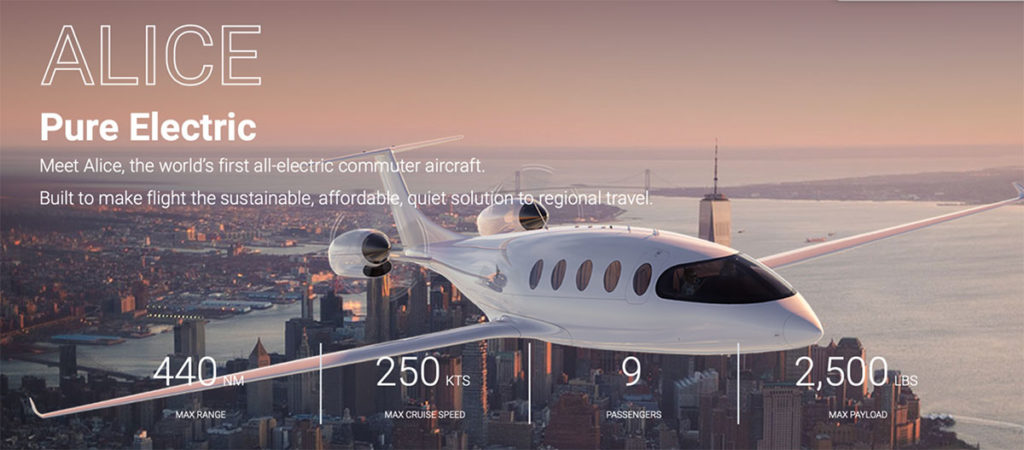
Better yet, Airbus executives (yet promised a comfortable career in this company) have chosen to start their own business, to develop kits for transforming aircraft such as DASH or ATR into sustainable aircraft.

As they indicate: the biggest obstacle to hydrogen aviation will be the lack of infrastructure.
Wouldn’t that be the interest of Paros: to be the first airport capable of serving sustainable aviation? We are convinced it is.
In conclusion:
Wanting to lengthen the runway of Paros airport is nonsense because it corresponds to reasoning that is piteously outdated from a technical point of view and fraudulent from a climatic point of view.
The current runway of Paros at 1400 m is more than enough to not only optimally accommodate a significantly increasing airport traffic (consistent with controlled growth in attendance on the island) but also to accommodate the aircraft of the future (near) generation of climate-efficient aircraft … provided that the right infrastructures are provided for in line with future needs (electricity/hydrogen supply).
This is why the GREEN AIRPORT PAROS collective is calling for a drastic revision of the Paros airport extension project with a real vision for the future.
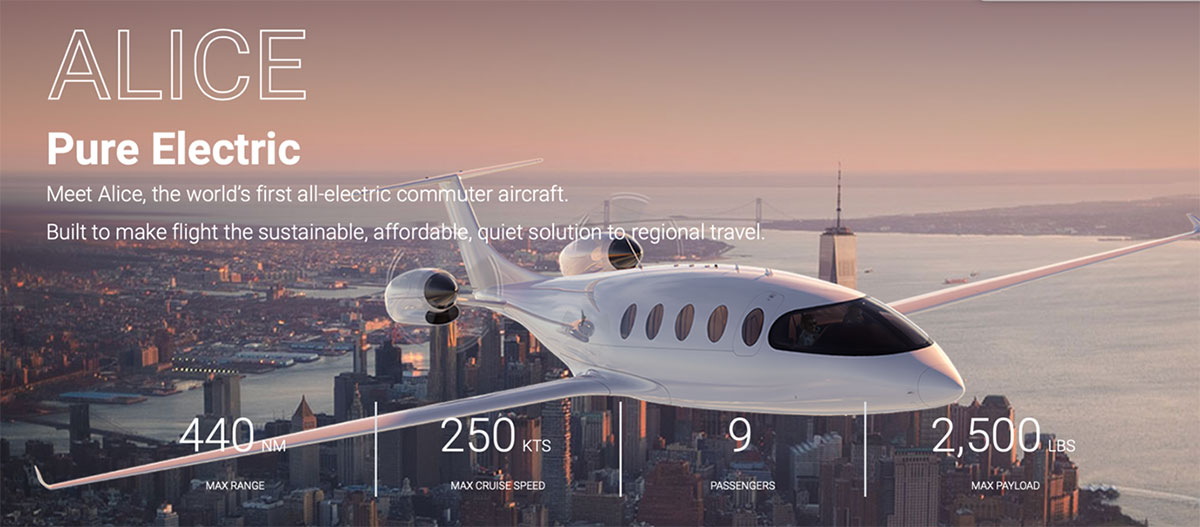

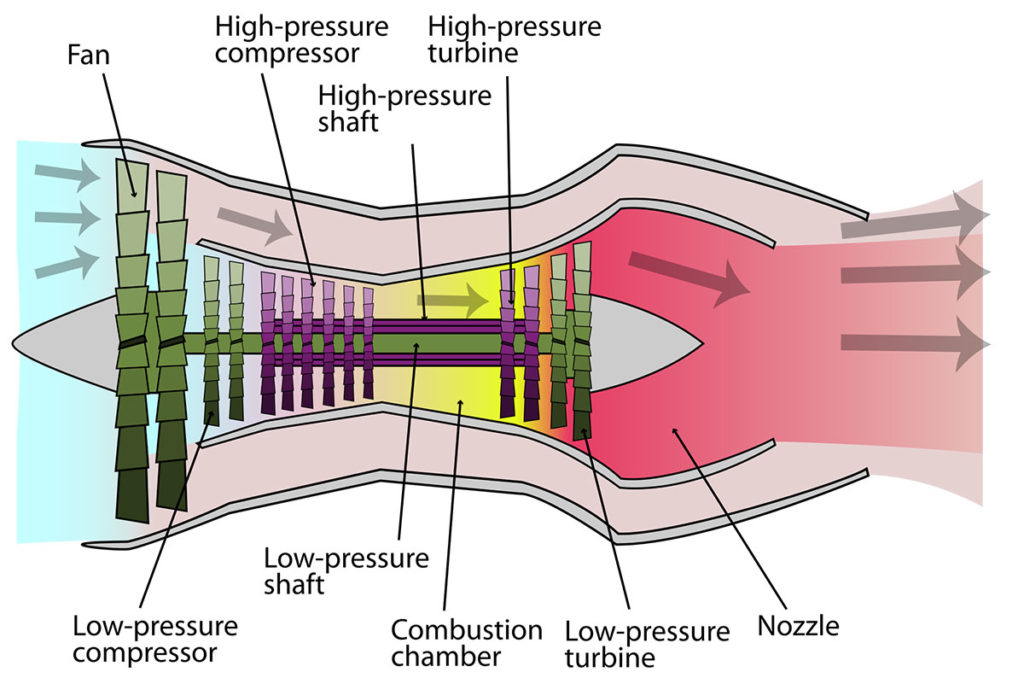
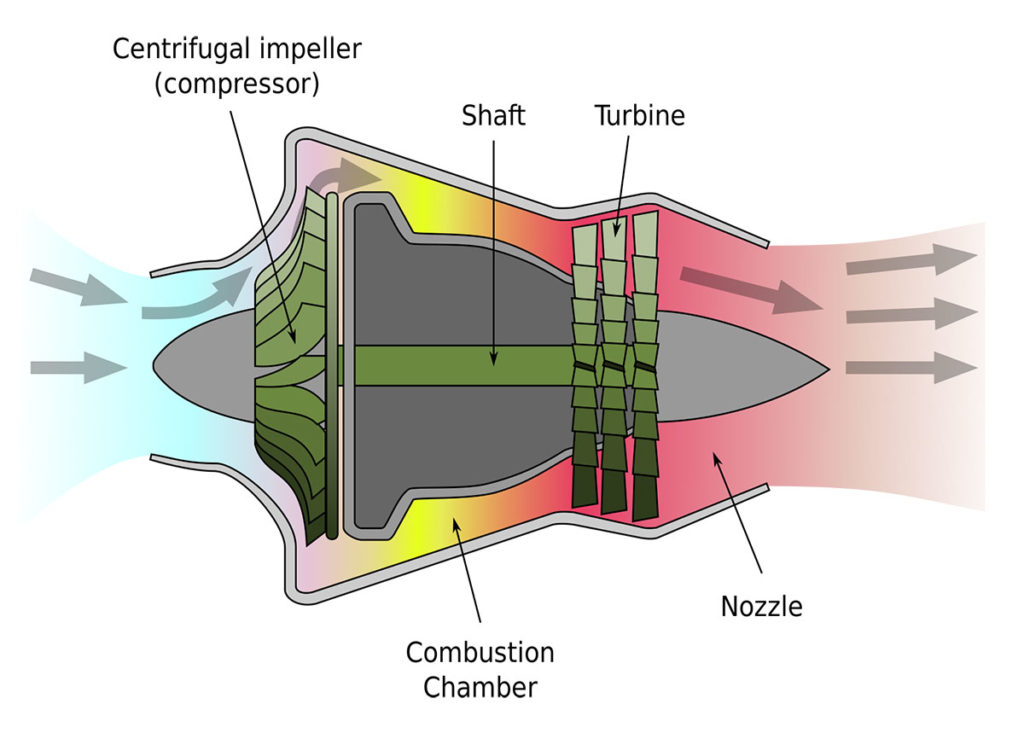

I believe we have a responsibility and obligation to say NO : OXI to the expansion of the present airport. The island does not have the infrastructure and/or capability to accommodate the volume of tourists who will flow into the island.
The claimed economic benefits will be for few and no necessarily the local Parians.